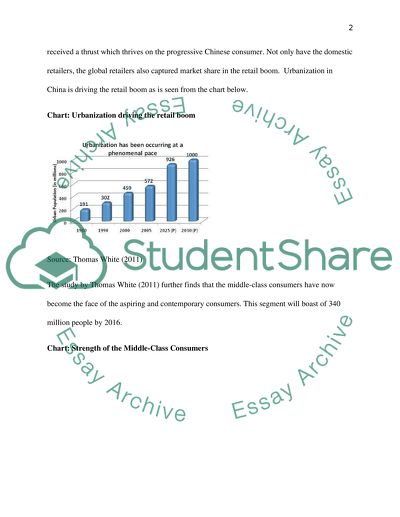Cite this document
(“To explore the role of retail experience play in clothing select shops Dissertation”, n.d.)
Retrieved de https://studentshare.org/sociology/1484396-to-explore-the-role-of-retail-experience-play-in
Retrieved de https://studentshare.org/sociology/1484396-to-explore-the-role-of-retail-experience-play-in
(To Explore the Role of Retail Experience Play in Clothing Select Shops Dissertation)
https://studentshare.org/sociology/1484396-to-explore-the-role-of-retail-experience-play-in.
https://studentshare.org/sociology/1484396-to-explore-the-role-of-retail-experience-play-in.
“To Explore the Role of Retail Experience Play in Clothing Select Shops Dissertation”, n.d. https://studentshare.org/sociology/1484396-to-explore-the-role-of-retail-experience-play-in.


